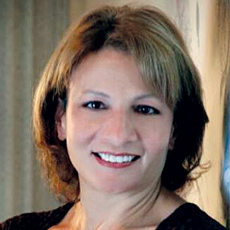
Anyone reading this old enough to remember Standard 15-1 for Restorative Nursing services?
Back in pre-history before PPS and RUG-I (called RUG at the time), our skilled nursing facilities actually got paid for our efforts to promote healing and prevent functional regression. The Restorative Nursing programming consisted of an RN whose sole purpose was to dedicate their time and effort into maintenance programming for residents who weren’t on therapy. For most of us, it’s been a long time since we saw that kind of really effective restorative programming with dedicated staff.
Most facilities now have a nominal Restorative Nursing program in which “…all STNAs [or CNAs] are considered restorative, and their efforts toward ROM during bathing and showering, transferring for toileting, etc. will be documented in the record as restorative nursing.” This is a direct quote from the Policies and Procedures of a facility in which I no longer work. Sometimes that directive works. Lots of times it doesn’t.
Why is Restorative Nursing important to your facility now and in the seven-months-from-now future?
From a functional perspective, residents frequently come off therapy and within a month their functional skills have devolved to the point where they fall, they can’t transfer, they can’t walk. This is not an aspersion cast upon our nursing staff; they just have bigger fish to fry and restorative is low on the priority list. However, it is a disservice to our seniors who have been put in our care. For someone who is suddenly confined to a wheelchair—or worse– bed, the chance of atrophy, pneumonia, pressure injuries, and mortality increases significantly.
From a Patient Driven Payment Model perspective, Restorative Nursing is one of the elements that will factor into our reimbursement.
As most of us know by now, the components that compound the base rate of PDPM are PT/OT, Speech Therapy, Non-Therapy Ancillaries (NTA), and Nursing.
Restorative Nursing falls under the last category, and will consist of Toileting, Passive or Active ROM, Splint or Brace Assistance, Bed Mobility, Walking, Transfers, Dressing, Grooming, Eating/Swallowing, Amputation/Prosthesis, and Communication. These items are on the current MDS under Section O0500. When PDPM hits in October, the count of restorative programs, along with showing at least six days/week and 15 minutes/day will figure heavily into your final payment.
This is great news. Though it will require your facility to expand, expend and extend salaries and staff to fulfill the requirement, our seniors will benefit from showing our efforts. There will be fewer pressure injuries, less atrophy, less debility, less aspiration, and better quality for those we commit ourselves to help. We will also be remunerated for our actions (for a change.)
As we go forward we should all consider the fundamentals of why we’re here. Few of us are volunteers, working for the good of mankind and ensuring the health of our Greatest Generation. Most of us are concerned with how we’re getting paid. But we are also concerned with the welfare of our geriatric population. PDPM will help us keep our residents healthy and happy. And we’ll get paid.
Jean Wendland Porter, PT, CCI, is the Regional Director of Therapy Operations at Diversified Health Partners in Ohio.




